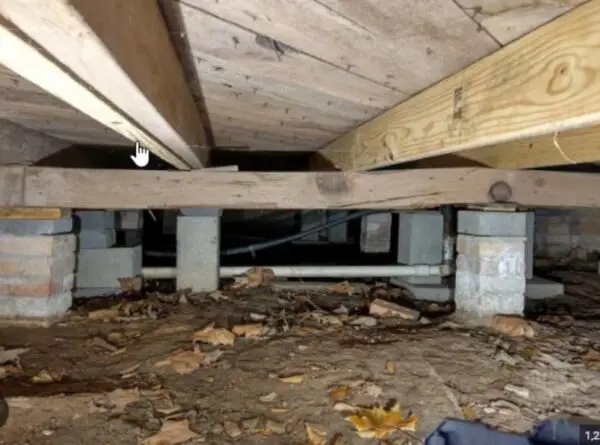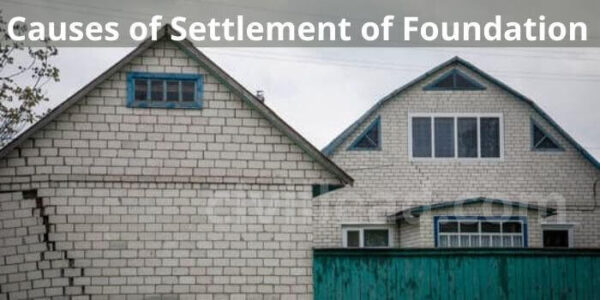The Proctor test, also known as Proctor compaction test, is a long-established method for determining the optimum moisture content and maximum dry density of soils.
This vital information allows assessment of a soil’s suitability for construction projects and helps establish the specifications needed to achieve the required strength and stability through engineered fill placement and compaction.
Origins of the Modern Proctor Test
The genesis of the test method dates back to 1933, when Ralph R. Proctor, then working as an engineer for the Missouri Highway Department, developed it to evaluate soil compaction and moisture-density specs for road construction aggregate base and subgrade materials.
Proctor established standardized techniques for mechanically compacting confined soil at precise moisture contents using manual equipment that imparted a consistent amount of compactive effort.
This produced the characteristic compaction or moisture-density curve revealing key specifications.
Proctor’s testing apparatus and method evolved into the standard that now bears his name – the standard Proctor test.
Only minor modifications have been made since ASTM International adopted Proctor’s general framework as the designation D698 standard.
It remains among the most widely used soil density and compaction behavior tests globally.
Testing various moisture contents identifies the maximum dry density and optimum moisture content to achieve satisfactory soil compaction.
While modern constructions utilize extensive Proctor testing, advances like the modified Proctor test have allowed adaptations for higher density engineering fill materials.
As infrastructure projects grow in scope and complexity, Proctor testing will continue serving as an indispensable soil evaluation tool for civil engineers.
What Does the Proctor Test Evaluate?

At its core, the Proctor compaction test method analyzes the relationship between the moisture content and density achieved for a given compaction energy applied to a standardized soil sample under confined conditions.
As water is added in increasing increments, changes can be observed in how densely the soil particles consolidate.
By generating this moisture-density relationship curve and identifying the peak dry density, the test determines the following key specifications:
- Optimum moisture content (OMC) – The amount of moisture required to achieve the maximum dry density of the soil when compacted.
- Maximum dry density – The maximum weight per unit volume of the soil when compacted at optimum moisture content with a given compaction energy.
Together, these metrics allow geotechnical engineers to understand and specify the right balance of moisture and compaction effort needed to achieve satisfactory density and stability.
This guides the work of contractors carrying out compaction on infrastructure and construction projects.
The Standard Proctor Test Step-by-Step
While some region-specific minor variants exist, the standard lab procedure for the Proctor test follows this general sequence:
- Prepare a soil sample dried to 0% moisture content and sieved through a No. 4 sieve.
- Pack a specified weight of soil into a standard cylindrical mold of fixed dimensions mounted on a baseplate.
- Use the specified manual rammer (2.49 kg) to deliver 25 blows over the soil surface, applying a consistent compaction energy of 600 kN-m per cubic meter of soil.
- Record the final volume and weight. Calculate density.
- Thoroughly remix the soil sample with a determined amount of water to increase moisture content by 1 or 2 percentage points.
- Repeat steps 2-5, re-preparing, compacting, and testing the soil specimen for each moisture increment.
- Graph and connect the plotted moisture-density coordinates. Identify the peak point of maximum dry density and its corresponding moisture content – the optimum for adequate compaction.

Applications in Engineering Work
The Proctor test is almost universally employed wherever soil materials are being used for engineering projects.
Compacted soil often forms the very foundation of construction. Understanding its mechanical response to moisture levels and compactive effort is essential.
Some examples of applications include
Building foundations – Evaluating compaction suitability for satisfactory bearing capacity.
Road construction – Grading highway subbases and substrates.
Earth dams & levees – Analyzing zone compaction specifications.
Pavements – Assessing moisture-density relationships for flexible/rigid pavement bases.
Airport runways – Testing subsurface stability.
Retaining walls, slopes – Determining compaction and draining needs.
Evolving Variations of the Test
While the standard Proctor test is still prevalent, especially for small building foundations and roadways, higher load-bearing civil engineering projects often demand greater soil density requirements.
This has led to the development of the modified Proctor test since the 1950s.
As the name suggests, it modifies the standard method by increasing the compactive effort – applying higher ramming load or more blows to the soil specimen.
This generates greater maximum dry density specs needed to support heavier structures.
However, it still adheres to the same general principles and processes pioneered by R.R. Proctor in the late 1920s.
Another notable variant is the vibratory table method, which uses repeated vertical oscillations at controlled frequencies to compact the confined soil sample.
And the recent past has also seen attempts at developing field continuous compaction control technologies to replace traditional lab and site testing.
Conclusion
The Proctor compaction test has cemented itself globally among both geotechnical engineers as well as contractors tasked with earthwork and infrastructure construction over nearly a century.
By offering a convenient standardized method to determine key density and moisture specifications for soil compaction, Proctor’s contributions still guide modern ground improvement practices.
Continuing advances in technology and testing aim to build on this firm foundation into the future.
But certain elements at the heart of the method seem poised to endure – strong and compact.






